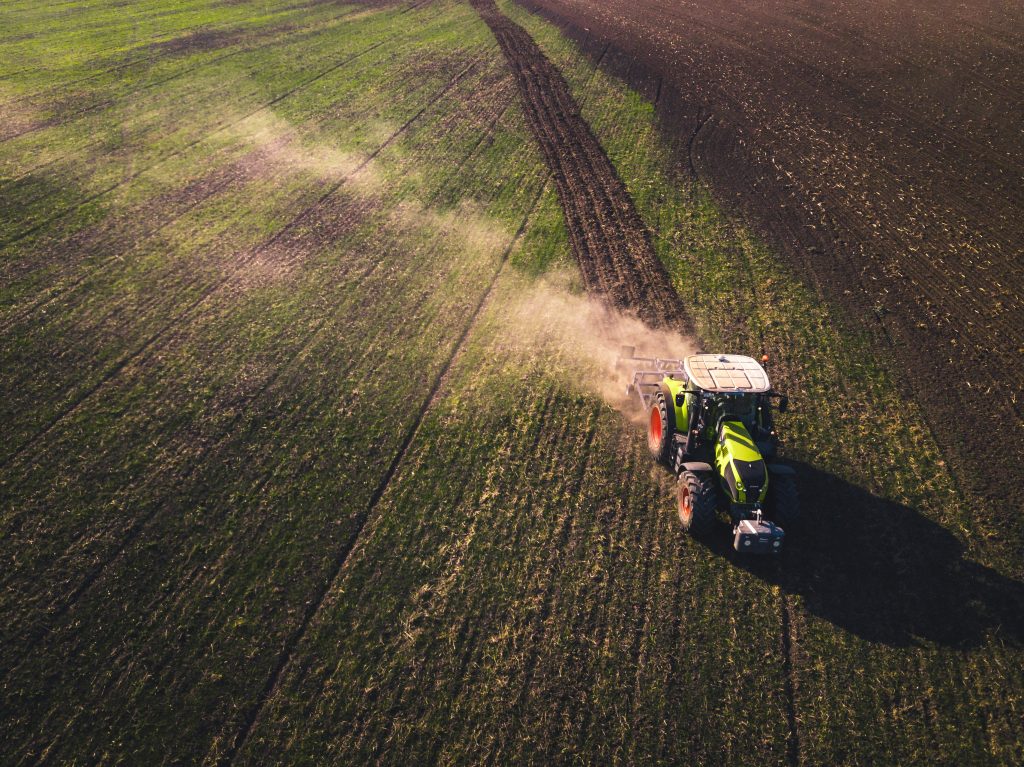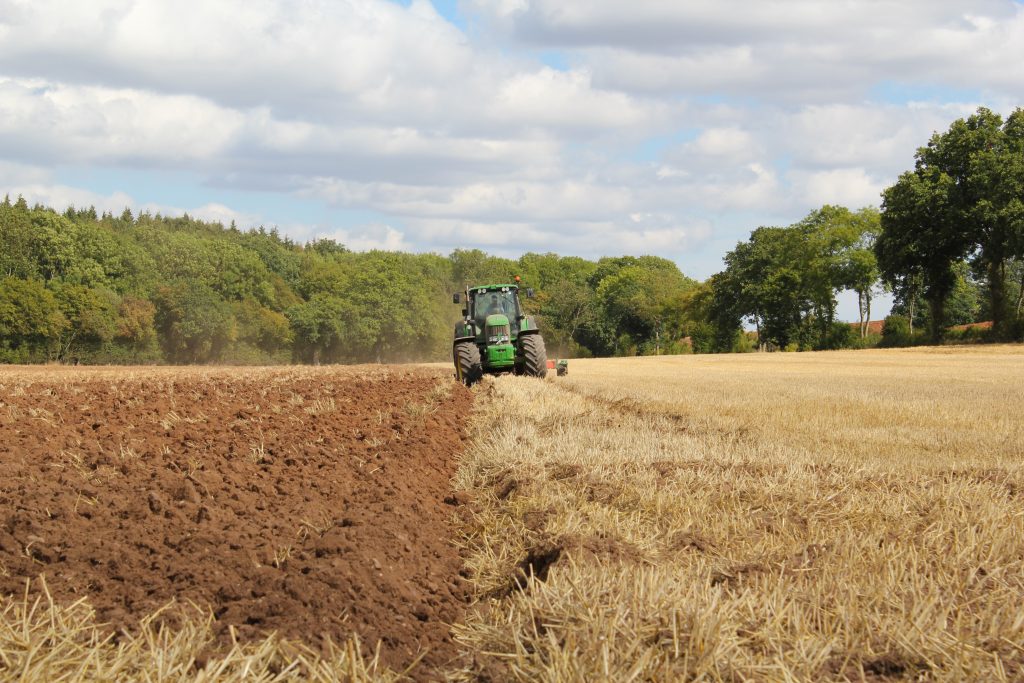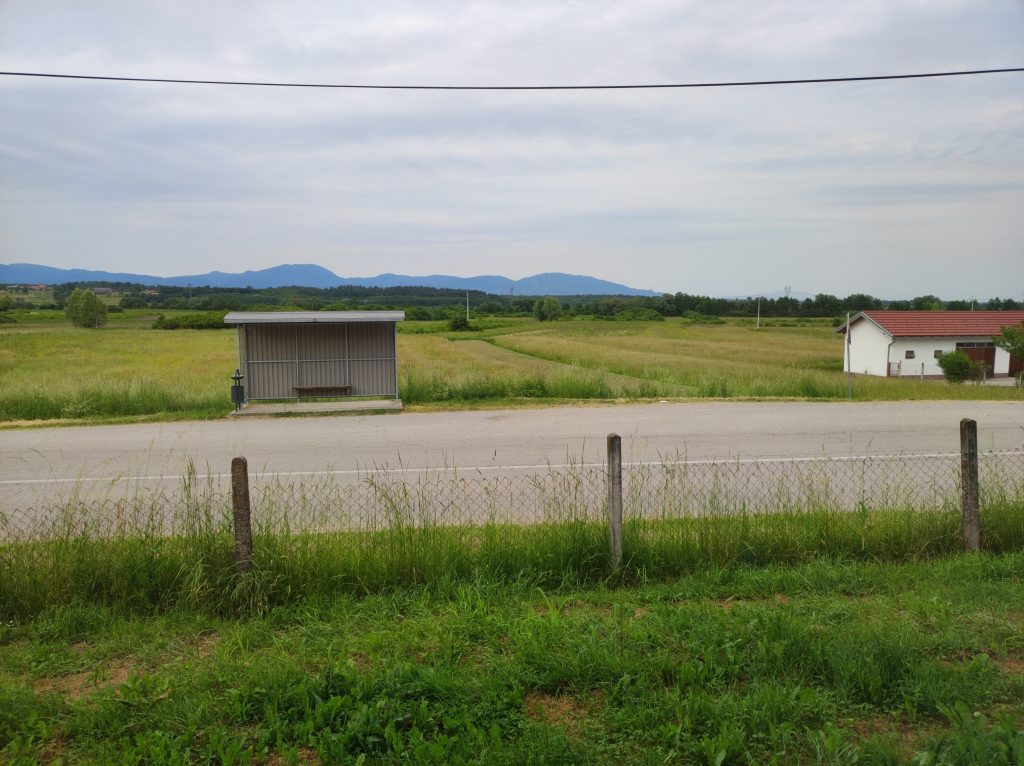January the 2nd, 2023 – Did you know that 195 settlements across Croatia have remained without even one single resident? The first Croatian digital village project has now begun.
As Poslovni Dnevnik/Miroslav Kuskunovic writes, the EU has set a series of development goals and outlined the implementation of the Smart Villages strategy, and this concept has now been fully incorporated into numerous strategic documents adopted by the Republic of Croatia.
The question of the hour is how they’ll be implemented and what the effects of these strategies in practice today will actually be. According to some estimates, Croatia currently has a staggering 195 settlements without a single person living there. On top of that, in as many as 1,878 settlements, there are a mere one to fifty inhabitants. In settlements where there are more residents, they’re mostly elderly people.
In the vast majority of these Croatian villages, there are no jobs, doctors, schools, firefighters, or even bakeries and shops. Traffic connections are weak or almost non-existent, and communal infrastructure, if it exists, is in very poor condition.
All of the aforementioned is precisely why discussions are currently being held at all levels on how to make it possible to encourage the population to stay and settle in rural areas – which should contribute to demographic and economic, as well as social and cultural development. All of the above is in line with the European Commission’s long-term vision for Rural areas. As such, Poslovni Dnevnik/Business Journal is launching the First Digital Croatian Village project from this year on.
The first Croatian digital village project

When it comes to the first Croatian digital village project, one target group is farmers from a Slavonian town. The idea is to embark on the adventure of educating and networking agricultural producers in a village in Croatia through networking with different sectors from the real sector, institutions, local self-government units and numerous experts.
The first Croatian digital village project’s primary goal is to take a quality example and project to highlight the importance of digitisation of agriculture and the introduction of new IT technologies in agricultural production. The hope is that the first Croatian digital village project will be supported and joined by all those who want to help out rural villages and their farmers and encourage them start using all the applications and systems that can facilitate their production.
Only 10% of Croatian agricultural producers use digital systems

According to some estimates, today in Croatia, less than 10 percent of agricultural producers use digital agricultural production management systems, while in developed countries – this share is much, much higher.
Almost 40 percent of agricultural producers use some of the digital systems currently on offer, and approximately 30 percent of farmers use IT and some of the digital tools offered on the market, such as Excel. In stark contrast, around 30 percent of farmers in developed agricultural countries don’t use digital technologies, still use traditional methods of monitoring data on their agricultural production, or don’t monitor them at all.
Investment opportunities

The Republic of Croatia has huge investment opportunities in digitisation through the National Recovery and Resilience Plan (NPOO), which provides significant funds for the digital transformation of agriculture. A grand total of 77 million kuna has been earmarked for digitisation of agriculture in Croatia, of which 14 million kuna is intended for the establishment of digital public services, 50 million kuna has been earmarked for smart agriculture, and 13 million kuna is for field-to-table traceability systems.
Both EU and national policy makers are heavily focused on the digitisation of agriculture to ensure that digital innovation in agriculture keeps pace with other sectors and that the benefits of digitisation are available and impact the wider farming community. The proper digitisation of the European agricultural sector has the potential to revolutionise production, as well as promote efficiency, sustainability and competitiveness.
From the application of artificial intelligence (AI) and robotics to the Internet and 5G – the latest technologies can offer invaluable support to farmers and agribusinesses. Through digitisation, stakeholders can benefit from a simplified value chain, with closer collaboration and improved communication between manufacturers, processors, distributors and retailers. Meanwhile, innovative SMEs can emerge and thrive, bolstering the industry with new ideas and fresh perspectives.
Joint work on the first Croatian digital village project

To ensure that digitisation is accessible to everyone, it’s of paramount importance that policy makers, industry leaders and technology providers all work together to promote the benefits of digitisation and support farmers with training, resources and incentives to adopt these new technologies. By doing this through the first Croatian digital village project, this country’s agricultural sector could make the most of the digital age, improving the sustainability and profitability of agricultural operations, while simultaneously addressing pressing issues such as food security and climate change.
Many Croatian farms already use precision agriculture technologies such as field mapping and GPS guidance. They also use the variable application of fertilisers and protective agents, as well as other concepts of yield maximisation and the proper optimisation of resource use in their operations.
By applying various digital technologies, farmers reduce the risks of yield loss and at the same time increase their overall product quality. Thanks to this, consumers end up with a product that has been treated less with pesticides, and the positive effect on the environment is reflected in less release of carbon dioxide into the atmosphere.












